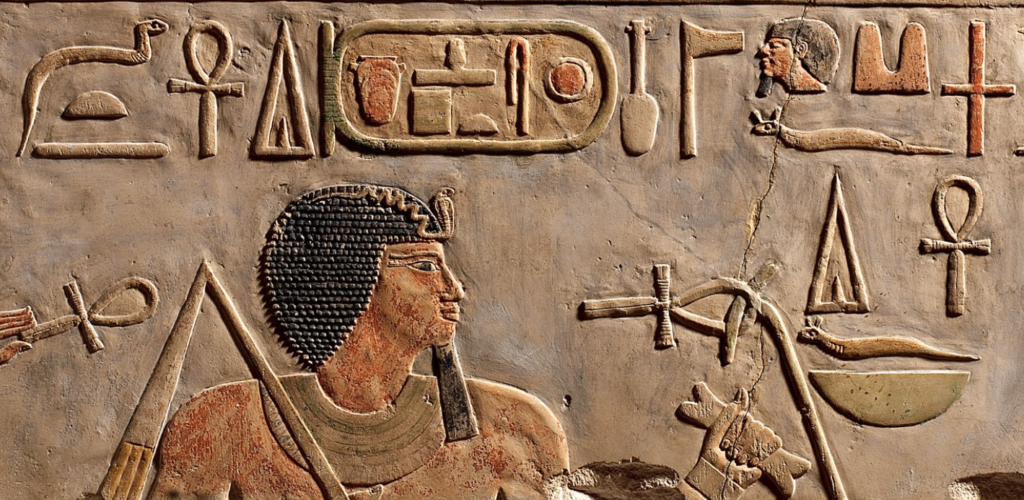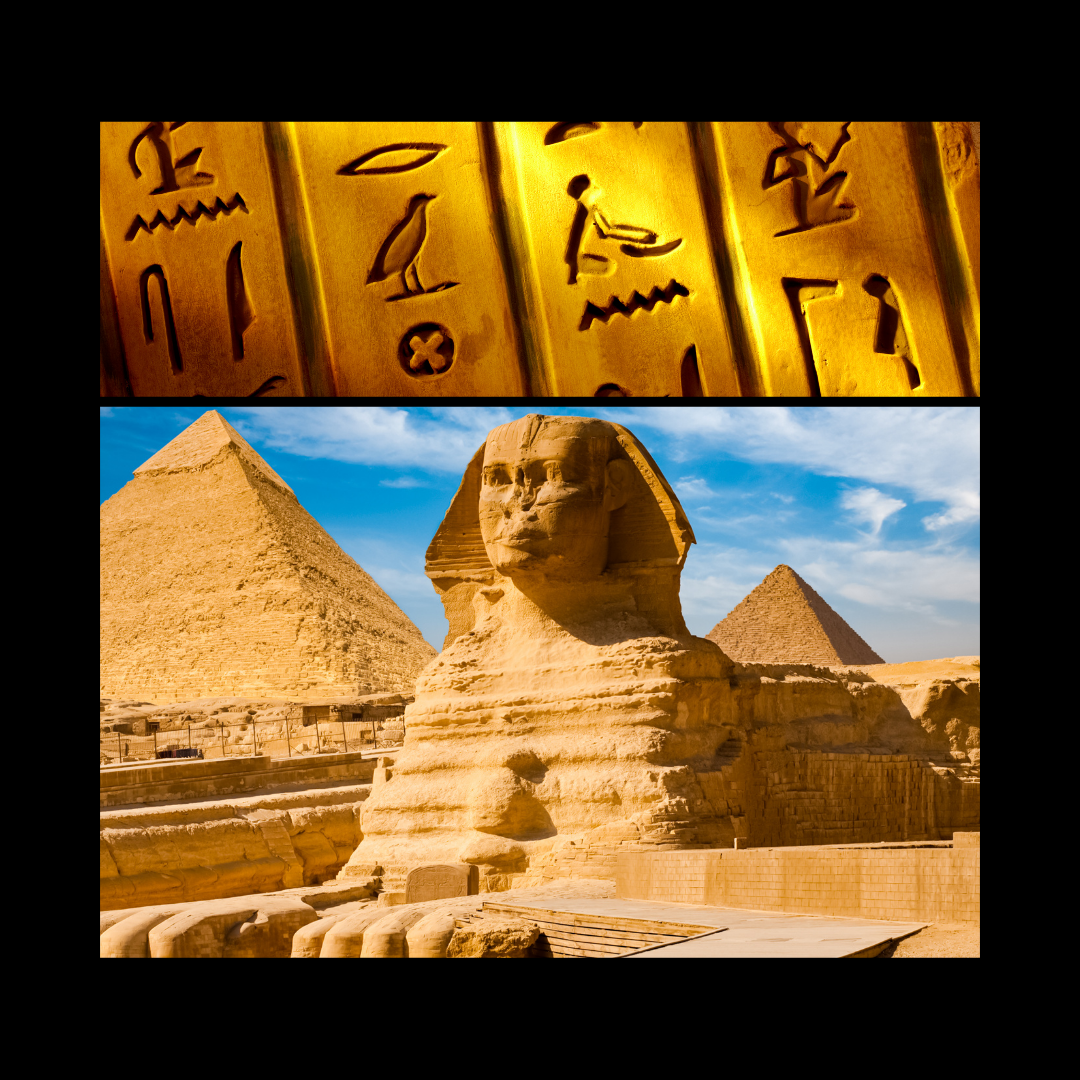
Prehistoric Period 5500-3100 BCE
- Garden of Eden in Mesopotamia c. 4026 BCE
Early Dynastic Period 3100-2680 BCE
Old Kingdom 2650-2175 BCE
- Noah and the Flood in Mesopotamia c.2348 BCE
First Intermediate Period 2175-1975 BCE
- Abraham was born in Mesopotamia c. 2055 BCE
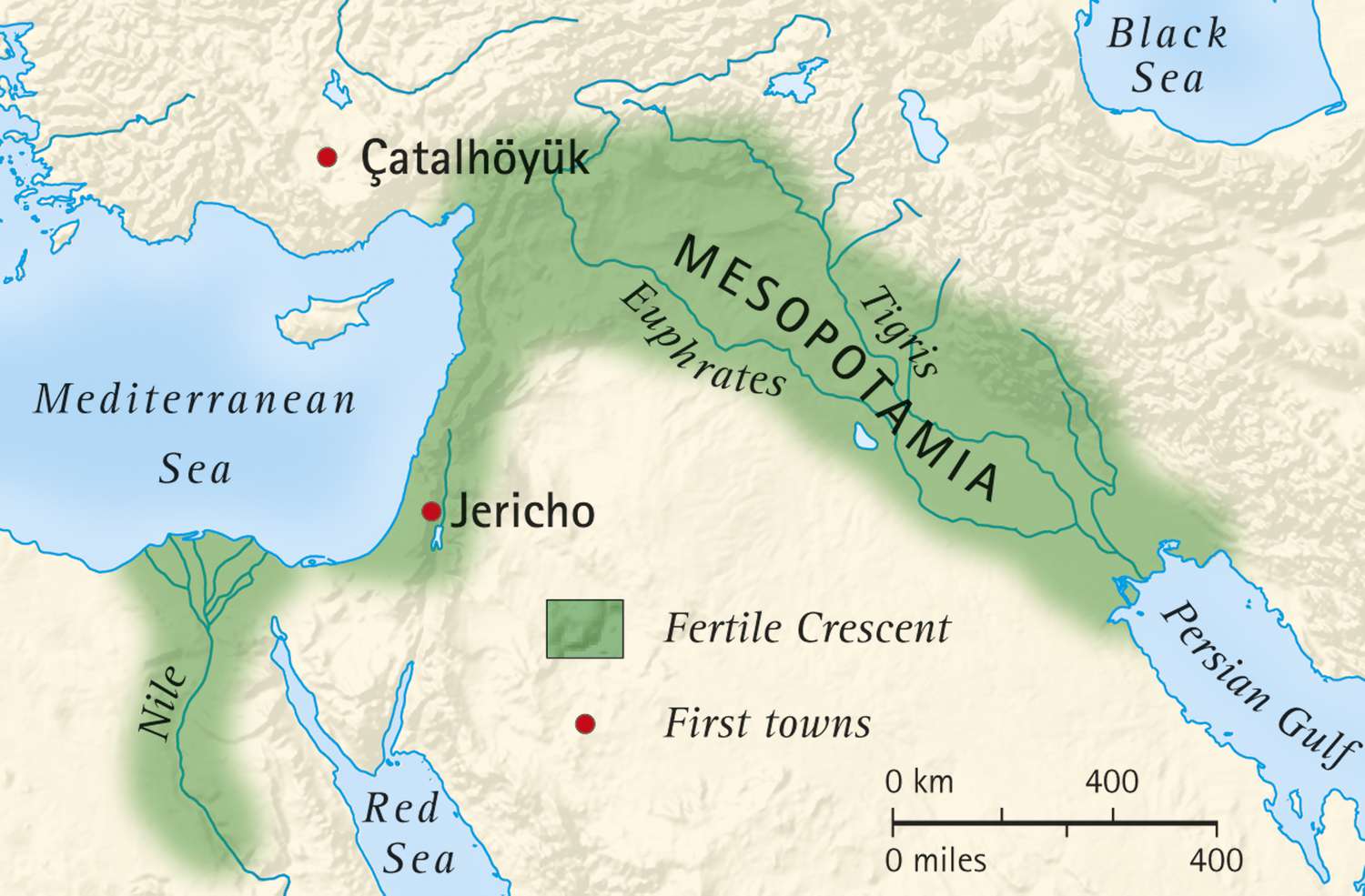
Image Credit: Thought Co.
On the above map, the Fertile Crescent is colored green.
In a previous post, I discussed the Civilizations in the upper part of the Fertile Crescent:
Ancient Civilizations and Empires in Mesopotamia – Early History of the Bible Lands
In this post, I’ll discuss the history of the lower part ofthe Fertile Crescent–that around the River Nile in Egypt.

Image Credit: History Alive Textbook
“The Egyptians settled along the Nile River, in the northeast corner of Africa. Their civilization lasted from around 3100 B.C.E. to 350 C.E.
“Why did these people settle where they did?
“Environmental factors greatly affected where people settled. Three important factors were water, topography (the shape and elevation of the surface features of the land), and vegetation (plant life). These three factors were determined by each area’s physical geography. Physical geography includes mountains, rivers, valleys, deserts, climate, and the fertility of the soil. …
Environmental Factors and Early Human Settlement
“Environmental factors influenced where people chose to settle in ancient times. Three important environmental factors were water, topography, and vegetation.
Water
“The most important environmental factor in early human settlement was water. Physical features like rivers, lakes, and inland seas are good sources of fresh water.
“Water is important for many reasons. People need fresh drinking water to live. They also bathe and wash things in fresh water. Bathing and washing help to prevent disease.
“Water is also a source of food. People catch the fish that live in rivers, lakes, and seas. They hunt water birds and other animals that gather near water.
[When I recall stories about Egypt in the Bible, my mind darts to two Ancient Biblical Leaders: Joseph [Who Had a Coat of Many Colors and Moses. The Stories about Joseph tell us that Joseph’s Own Brothers Sold Him to Egyptian Traders. Later, because of insufficient water, a famine occurred in Israel, and the Israelites went to Egypt, trying to avoid starvation. Eventually, those Israelites were enslaved to help build the mammoth pyramids and other structures in Egypt. After that, Moses [a Hebrew baby born to an enslaved Hebrew woman, was saved from a kill-order by an important Egyptian lady. Sources differ about who this Egyptian lady was:
Hatshepsut, a Female Egyptian Pharaoh and How She May Have Figured into the Story of Moses
Who Was Thutmose III & How Did He Figure in the Story of Baby Moses?
“In addition, farmers need water to grow their crops. For this reason, farmers often settled near rivers. The river’s natural flooding could help to irrigate their farms. Farmers could also dig canals or trenches to direct the river’s water to their crops. …
[In Mesopotamia, the Ancient Sumerians learned to dig canals to irrigate their farms, but the Sumerian farmers also faced other challenges.]
“Water can also be used for transportation. Cities and towns often used rivers as “highways.” People traveled in boats to visit relatives and trade goods. Towns near the sea could trade goods with countries far away.
Topography
“A second environmental factor was topography. Topography refers to the shape of the land. It includes features like mountains, hills, plains, and deserts.
“The topography of an area was important for early human settlement. Farmers usually settled in flat, open areas such as plains and valleys. Large, flat spaces gave them room to grow crops. Also, the rich soil in coastal plains and river valleys was excellent for growing crops. Mountains and deserts were less friendly to human settlement. Steep mountains were hard to cross. Their jagged peaks and rocky land made farming difficult. Deserts were hot and dry. They contained very little water for farming. The intense heat and lack of water made travel difficult. People who settled in mountains and deserts faced many challenges.
[Ancient Sumeria was in an arid desert, and mountains were all around. Also, Sumeria had not trees or stones to help erect sturdy structures.]
Environmental Factors and the Early Settlement of Egypt
“The Egyptians settled near the Nile River. The Egyptians lived along the northern part of the river.” History Alive Textbook Image Credit: DK
Image Credit: DK
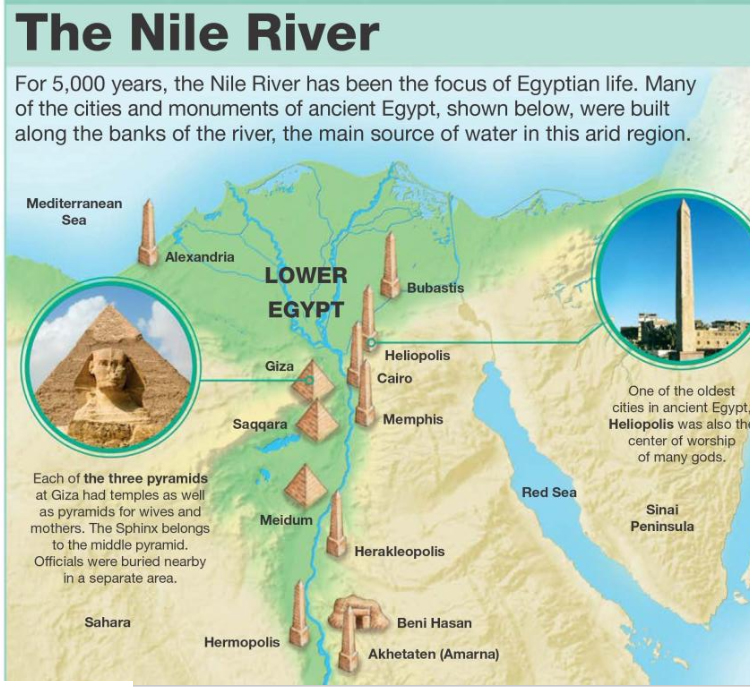
Image Credit: DK
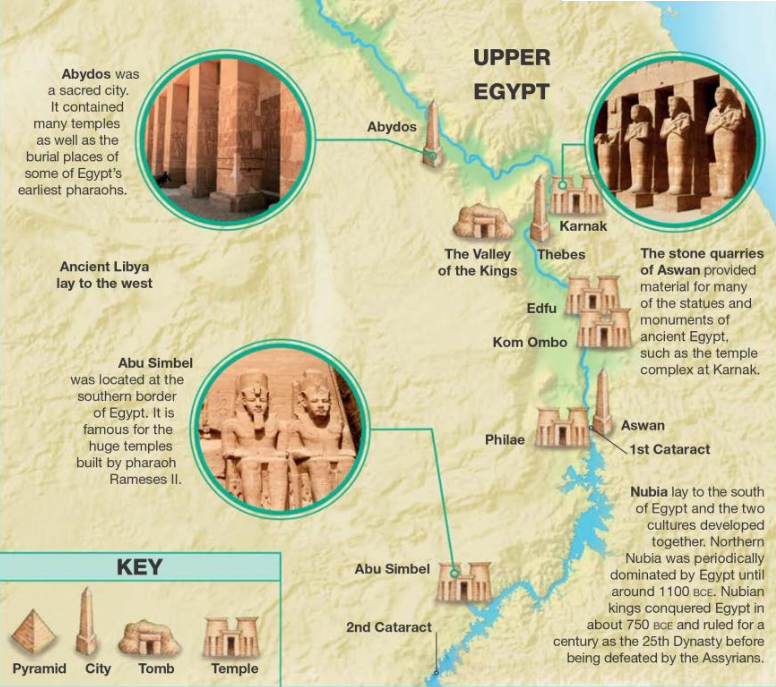
Image Credit: DK
 “This satellite photograph shows the Nile River and its delta at the Mediterranean Sea. The Red Sea is seen at right.” Image Credit: History Alive Textbook
“This satellite photograph shows the Nile River and its delta at the Mediterranean Sea. The Red Sea is seen at right.” Image Credit: History Alive Textbook
“The most important physical feature in ancient Egypt was the Nile River. Flowing north from deep in Africa, the Nile created a long, fertile valley that ended in a marshy delta by the Mediterranean Sea. The Nile River valley was surrounded by the Libyan Desert, the Arabian Desert, and the Nubian Desert. These sandy deserts were extremely hot and dry. Most people avoided them, yet the deserts did play one important role in the settlement of Egypt. They formed a natural barrier that helped protect people living in the Nile River valley. The deserts did not support large settlements, and few invaders wanted to cross them.
“On the north, Egypt was bordered by the Mediterranean Sea. Settlers could not drink its sparkling salt water, but the sea was rich in fish and other kinds of life. It was also a waterway that linked ancient Egypt to other civilizations.
“To the east of Egypt was a long, thin channel of very salty water called the Red Sea. The climate in this area was hot and dry. Much of the land near the Red Sea was desert.
[Bible students will recall that God parted the Red Sea to help Moses lead the Hebrews out of enslavement.]
Environmental Factors and Human Settlement in Egypt
“Environmental factors in ancient Egypt greatly favored settlement near the Nile River. Most important, the Nile was a source of fresh water in an area that was mostly desert. The lack of water in the deserts made them useless for farming. But in the Nile River valley, the river provided natural irrigation and fertilization.
“Every summer, the river overflowed its banks. The floodwaters soaked the dry ground. After several weeks, the waters went down. A thin ribbon of silt (rich soil) was left behind. This soil was perfect for farming.
“Where there is fresh water, there are usually fish to catch and animals to hunt. The abundant wildlife in the Nile region included fish, ducks, geese, hippos, crocodiles, giraffes, and ostriches.” History Alive Textbook
“The topography of the river valley also encouraged human settlement.
“In the south, parts of the Nile ran through narrow valleys and hills. But there were also wide areas of flat land around deep bends in the river. These flat areas were good for farming.
“In the north, wide plains were watered by the Nile’s annual flooding. Vegetation was rare in the dry deserts, but it was plentiful in the Nile River valley. Useful plants included reeds and a tough water plant called papyrus. People wove reeds into baskets and roofs for their huts. They used papyrus to make rope and paper. And the rich farmland made it easy to grow crops like wheat and barley.
The Opet Festival in Ancient Egypt
“Each year, when the Nile River flooded its banks, all of Egypt celebrated the Opet Festival. Work in the fields stopped while people at all levels of Egyptian society joined in a great festival honoring the pharaoh and his patron, the god Amon-Re (AH-muhn-RAY). Almost everyone in Egyptian society took part in the Opet Festival. Priests decorated the god’s statue with jewelry. They put the statue in a shrine and placed the shrine on a ceremonial boat called a barque. The beautifully decorated boat was made by artisans, or craftspeople. High-ranking government officials competed for the honor of carrying the barque on poles through town. Members at the lower levels of society, such as farmers, lined the streets to watch the procession. Scribes made a written record of the celebration. The Opet Festival brought all these groups together. But in everyday life, they belonged to very different social classes.” History Alive Textbook

Image Credit: Image Credit: DK

The Pyramid of Ancient Egypt’s Society
Image Credit: History Alive Textbook
“These classes made up a social pyramid, with the pharaoh at the top and peasants at the bottom. In between were government officials, priests, scribes, and artisans.
“The daily lives of the Egyptian people were distinct for each class. …
Ancient Egypt’s Social Pyramid
“Egyptian society was structured like a pyramid. At the very top of this social pyramid was the pharaoh, Egypt’s supreme ruler. Egyptian religion strengthened the pharaoh’s authority. Pharaohs were believed to be gods, and their word was law.” History Alive Textbook
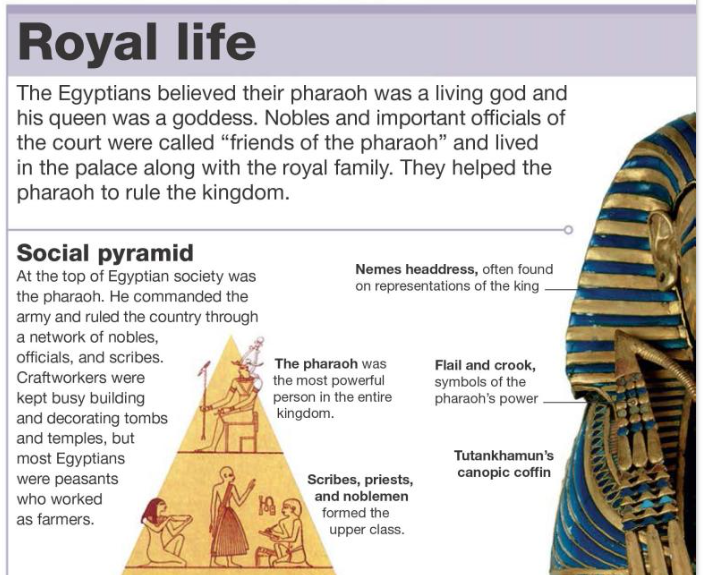
Image Credit: DK

Image Credit: DK
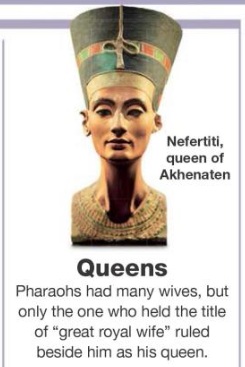
Image Credit: DK
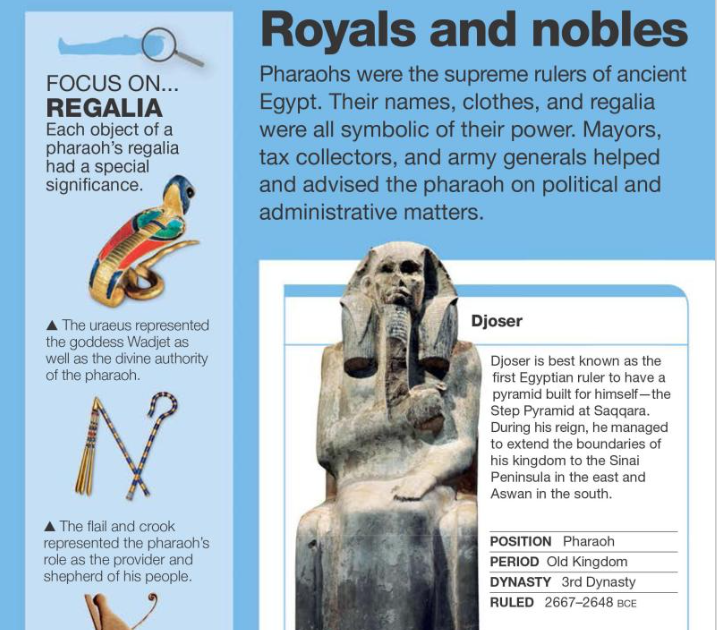
Image Credit: DK
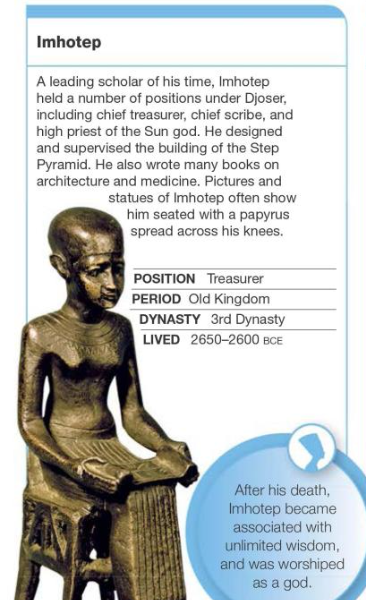
Image Credit: Dk PocketEarly Dynastic Period 3100 BCE
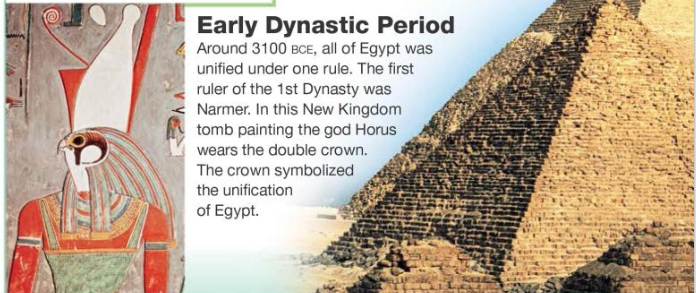
Image Credit: DK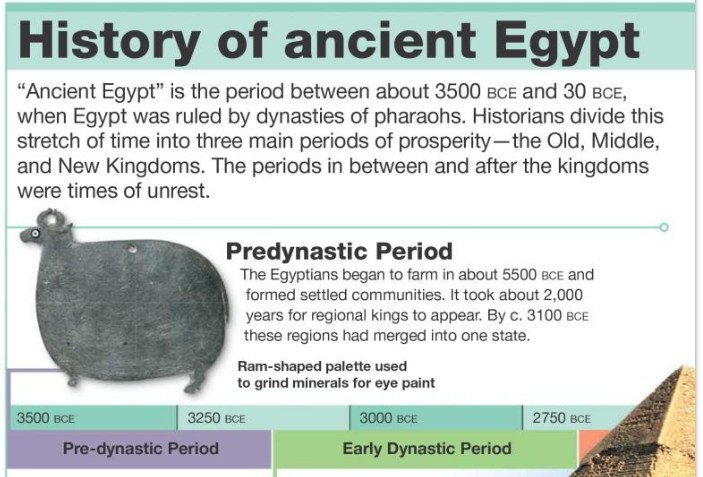
Image Credit: DK
The Ancient Egyptian Dynasty in 3100 BCE is only slightly later than Mesopotamian Civilizations:
Ancient Civilizations and Empires in Mesopotamia – Early History of the Bible Lands
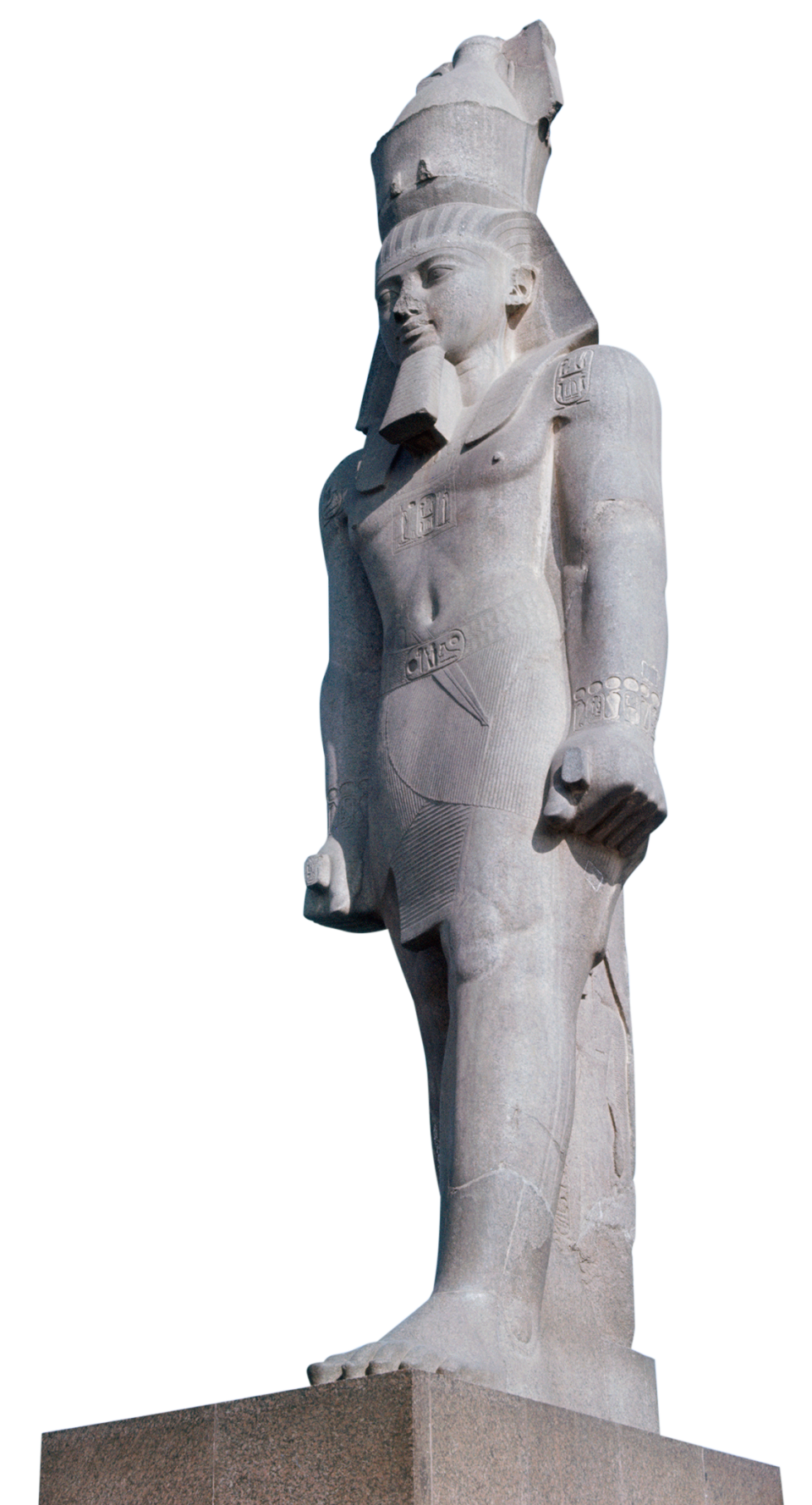
Pharaohs Image Credit: DK
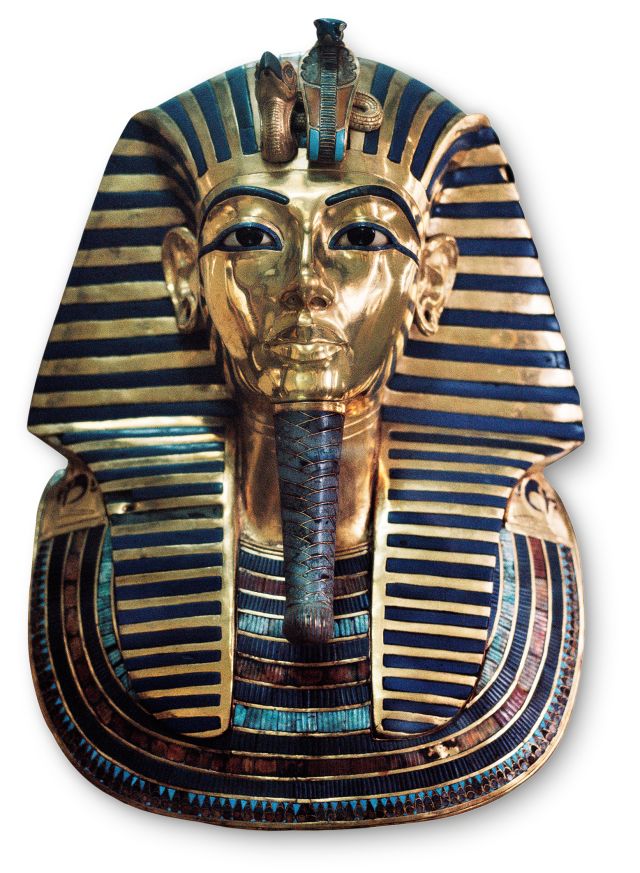
Image Credit: DK
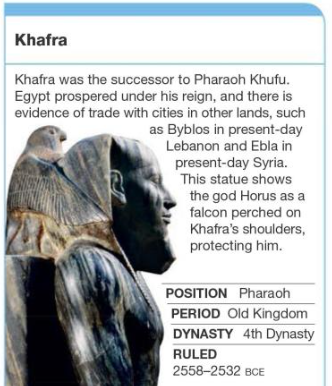
Image Credit: DK Pocketbook

Image Credit: DK Pocketbook
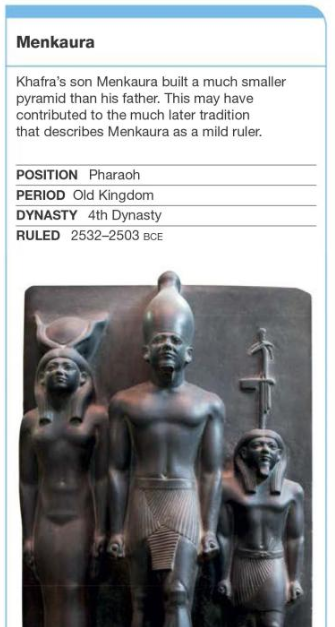
Image Credit: DK Pocketbook
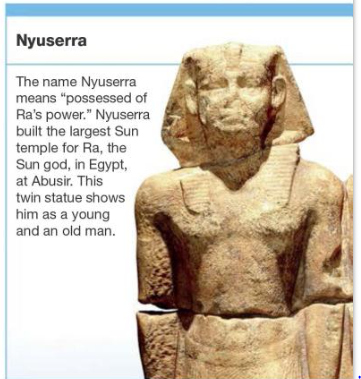
Image Credit: DK Pocketbook

Image Credit: DK Pocketbook
The Middle Kingdom of Egypt 2030 – 1650 BCE
“The reunification of ancient Egypt achieved by Nebhepetre Mentuhotep II—the first pharaoh of the Middle Kingdom—was followed by a great cultural flowering that lasted nearly four hundred years. During the Middle Kingdom (mid-Dynasty 11–Dynasty 13, around 2030–1650 B.C.), artistic, cultural, religious, and political traditions first conceived and instituted during the Old Kingdom were revived and reimagined.” The Met
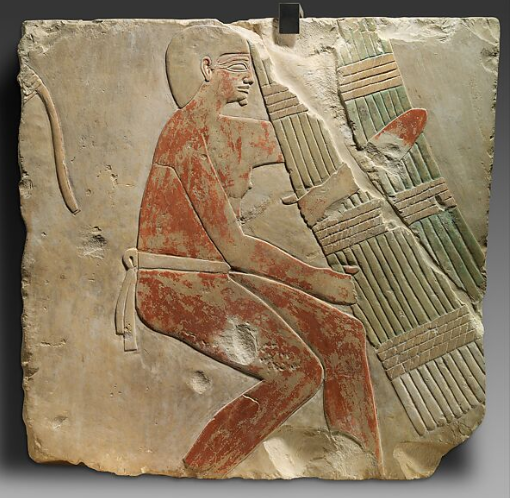
Relief of a Man Carrying a Papyrus Bundle Middle Kingdom
Loan Not on view
This object is not part of The Met collection. It was in the Museum for a special exhibition and has been returned to the lender.
“This relief depicts a worker struggling to lift a huge bundle of green papyrus stalks. The complete scene would have shown the construction of papyrus boats, a type of watercraft commonly used for fishing and fowling in the marshes. The dynamism with which the fleeting movement of an ordinary worker is depicted sharply contrasts with the more static representations of kings and deities, who were posed for eternity.” The Met
Relief of Nebhepetre Mentuhotep II and the Goddess Hathor
“King Nebhepetre Mentuhotep II was revered by the Egyptians as the ruler who reunited Egypt after the era of disunity (the First Intermediate Period) that followed the end of the Old Kingdom. Descended from a family of Theban rulers, the king built his tomb and mortuary temple at Deir el-Bahri in western Thebes. This relief was originally part of the decoration of the temple’s main sanctuary that was added to the building at the end of the king’s reign. The fine balance between figures and inscriptions on this block, as well as the clear outline and regular proportions of the king’s image with its individualized facial features, exemplify the peak of a relief art that had developed over the decades while the vast temple complex was built and decorated. The figure of the goddess Hathor on the right of the block was chiselled away during the Amarna period, when King Akhenaten propagated the sole worship of the god Aten. Hathor was repaired in plaster in early Dynasty 19 and some of the paint on the whole block may also have been renewed at the time.” The Met
Statue of King Nebhepetre Mentuhotep II in the Jubliee Garment
“Twenty-two statues of this type stood beside (but not in the shadow of) sycomore and tamarisk trees that lined the processional path through the forecourt of the mortuary temple of Nebhepetre Mentuhotep II at Deir el-Bahri. The rough, rectangular base was inserted into the ground. The king wears the traditional short mantle of the pharaoh’s thirty-year jubilee festival (Heb Sed). In his fists were the now missing scepter and flail of Egyptian kings and the god Osiris, probably made of metal. The head on this piece wears the “red” crown of Lower Egypt. Although no head with the “white” crown of Upper Egypt was found, it is conceivable that the statues along the south side of the path wore the “white” Upper Egyptian crown, while the ones along the north side wore the “red” Lower Egyptian one. At some later time all statues from the forecourt were decapitated and broken up. Some bodies were buried close to their original places, others were moved around. Most of the heads are missing. Both the body and head of the Museum’s statue were found in the area of the temple of Hatshepsut, which is adjacent to the Mentuhotep temple. It is not certain that the head really belonged to this particular body.
“The style of the statue is intentionally archaic, presumably because Mentuhotep II was commemorated as the ruler who reunified the country after the First Intermediate Period, thus restoring Egypt to its original state as first created during the late Predynastic and early Dynastic Period.” The Met
Lintel of Amenemhat I and Deities
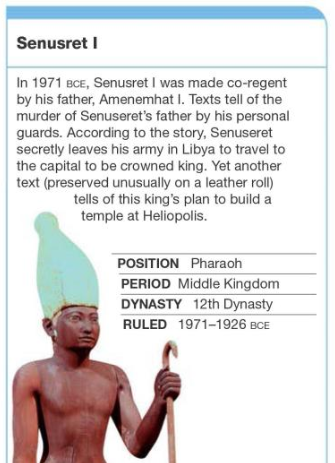
Image Credit: DK Pocketbook
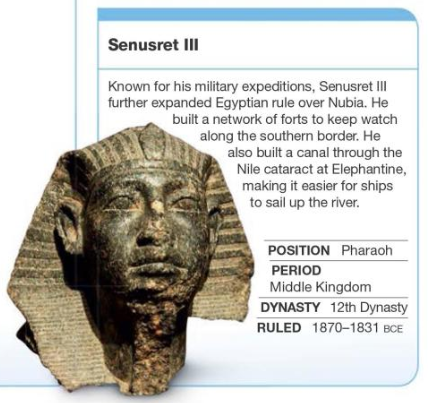
Image Credit: DK Pocketbook

Image Credit: DK Pocketbook
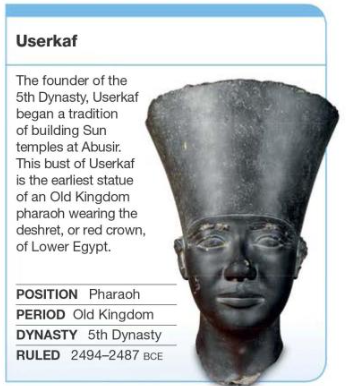
Image Credit: DK Pocketbook
“Next in importance were several layers of social classes.
“The classes near the top of the pyramid had fewer people and enjoyed higher status.
“The classes nearer the bottom had greater numbers of people but lower status.
“Egypt’s Social Classes Below the pharaoh were the next two highest classes in the social pyramid—government officials and priests.
“They were the most powerful groups in Egypt. “Government officials carried out the orders of the pharaoh. Most officials came from noble families. They were powerful and wealthy, and they enjoyed a high quality of life.
“Priests were also a powerful group, because religion touched every part of people’s daily lives. Priests were in charge of the temples and religious rituals. They also oversaw the important ceremonies surrounding death and burial.
“Next on the social pyramid were scribes. Scribes held a respected position in society. They recorded information for government and religious leaders. It took many years of schooling to become a scribe.
“Artisans occupied the next layer of the social pyramid. This group included craftspeople like carpenters, metalworkers, painters, sculptors, and stone carvers. Artisans were highly skilled, but they had little social status.At the bottom of the social pyramid were the peasants. They were the largest social class.
“Peasants worked the land, providing the Egyptians with a steady food supply. When not farming, peasants worked on the pharaoh’s massive building projects.
[The slaves are not mentioned as part of the above pyramid. No doubt, the slaves were hardly considered to be human.]
Life in Egypt’s Social Classes
“Egypt’s social pyramid was fairly rigid. Most people belonged to the same social class as their parents. There was little chance of moving to a higher class. Members of different classes may have had some things in common, but, in general, their lives were quite different.
“Egyptians in all social classes cherished family life. Most Egyptians married within their social group. Children were highly valued. Men and women had different roles within the family. Men were the heads of their households. They worked to support the family. Fathers often began to train their sons at a young age to take on their line of work.
“Women typically managed the home and raised the children. Upper-class women had servants or slaves to help them. Lower-class women did the work themselves.
“Men were in charge of Egyptian society, but women enjoyed more freedom and rights than most women in the ancient world. They could own land and run businesses. They could also ask for divorces and represent themselves in legal matters.
“Some women in the middle and upper classes worked as doctors, government officials, or priestesses. Both women and men enjoyed a better quality of life the higher they were on the social pyramid.
“The Egyptians believed that their class system created a stable, well-ordered society. Each group had its own role to play.
The duties and daily lives of the various social classes during the time of the New Kingdom.
Government Officials
“Government officials belonged to the highest class on Egypt’s social pyramid, after the pharaoh. Their job was to assist the pharaoh in his or her role as supreme ruler of Egypt. Government officials were often members of the pharaoh’s family or other upper-class families. Most of them inherited their positions from family members. However, trusted servants from the royal court sometimes rose to power.
[This happened with the Bible Leader Joseph. Because of his success interpreting the dreams of Pharaoh, he rose from the status of slave to nobility.]
[Joseph Interpreted Dreams in Prison]
[Joseph the Slave Interpreted Pharaoh’s Dream.]
Joseph a Slave in Egypt
Genesis 39
39 Now Joseph had been taken down to Egypt. And Potiphar, an officer of Pharaoh, captain of the guard, an Egyptian, bought him from the Ishmaelites who had taken him down there. 2 The Lord was with Joseph, and he was a successful man; and he was in the house of his master the Egyptian. 3 And his master saw that the Lord was with him and that the Lord made all he did [a]to prosper in his hand. 4 So Joseph found favor in his sight, and served him. Then he made him overseer of his house, and all that he had he put [b]under his authority. 5 So it was, from the time that he had made him overseer of his house and all that he had, that the Lord blessed the Egyptian’s house for Joseph’s sake; and the blessing of the Lord was on all that he had in the house and in the field. 6 Thus he left all that he had in Joseph’s [c]hand, and he did not know what he had except for the [d]bread which he ate.
Now Joseph was handsome in form and appearance.
7 And it came to pass after these things that his master’s wife [e]cast longing eyes on Joseph, and she said, “Lie with me.”
8 But he refused and said to his master’s wife, “Look, my master does not know what is with me in the house, and he has committed all that he has to my hand. 9 There is no one greater in this house than I, nor has he kept back anything from me but you, because you are his wife. How then can I do this great wickedness, and sin against God?”
10 So it was, as she spoke to Joseph day by day, that he did not heed her, to lie with her or to be with her.
11 But it happened about this time, when Joseph went into the house to do his work, and none of the men of the house was inside, 12 that she caught him by his garment, saying, “Lie with me.” But he left his garment in her hand, and fled and ran outside. 13 And so it was, when she saw that he had left his garment in her hand and fled outside, 14 that she called to the men of her house and spoke to them, saying, “See, he has brought in to us a Hebrew to [f]mock us. He came in to me to lie with me, and I cried out with a loud voice. 15 And it happened, when he heard that I lifted my voice and cried out, that he left his garment with me, and fled and went outside.”
16 So she kept his garment with her until his master came home. 17 Then she spoke to him with words like these, saying, “The Hebrew servant whom you brought to us came in to me to mock me; 18 so it happened, as I lifted my voice and cried out, that he left his garment with me and fled outside.”
19 So it was, when his master heard the words which his wife spoke to him, saying, “Your servant did to me after this manner,” that his anger was aroused. 20 Then Joseph’s master took him and put him into the prison, a place where the king’s prisoners were confined. And he was there in the prison. 21 But the Lord was with Joseph and showed him mercy, and He gave[g] him favor in the sight of the keeper of the prison. 22 And the keeper of the prison committed to Joseph’s hand all the prisoners who were in the prison; whatever they did there, it was his doing. 23 The keeper of the prison did not look into anything that was under [h]Joseph’s authority, because the Lord was with him; and whatever he did, the Lord made it prosper. New King James Version (NKJV)
Scripture taken from the New King James Version®. Copyright © 1982 by Thomas Nelson.
{Before I venture from this point, I feel the need to explain a bit of back-history about Joseph, his Hebrew family, and how he fits into the greater story of the Bible.]
Joseph Was the Favorite Son of Jacob Who Was the Favorite Son of Isaac.
When we see that Joseph was preferred over his older brothers, we might begin to understand why they may have wanted to eliminate him. I am not justifying the behavior of the brothers toward Joseph. I never approve of rape, cruelty, and unjustifiable murder, but I do believe that unerstanding is the first step toward peace.
In another post, I talked about how Abraham had totally denied one of his sons Ishmael who he bansished. Ishmael and his people settled in the area near the Nile. His people became the Ishmaelites. In the Bible, we read that Ishmaelites took the young Joseph to be enslaved in Egypt:
39 Now Joseph had been taken down to Egypt. And Potiphar, an officer of Pharaoh, captain of the guard,an Egyptian, bought him from the Ishmaelites who had taken him down there. Genesis 39:1
I won’t relitigate my position about deceit and favoritism in the Bible, but at the very least: This is somewhat of a full-circle story in the Bible.
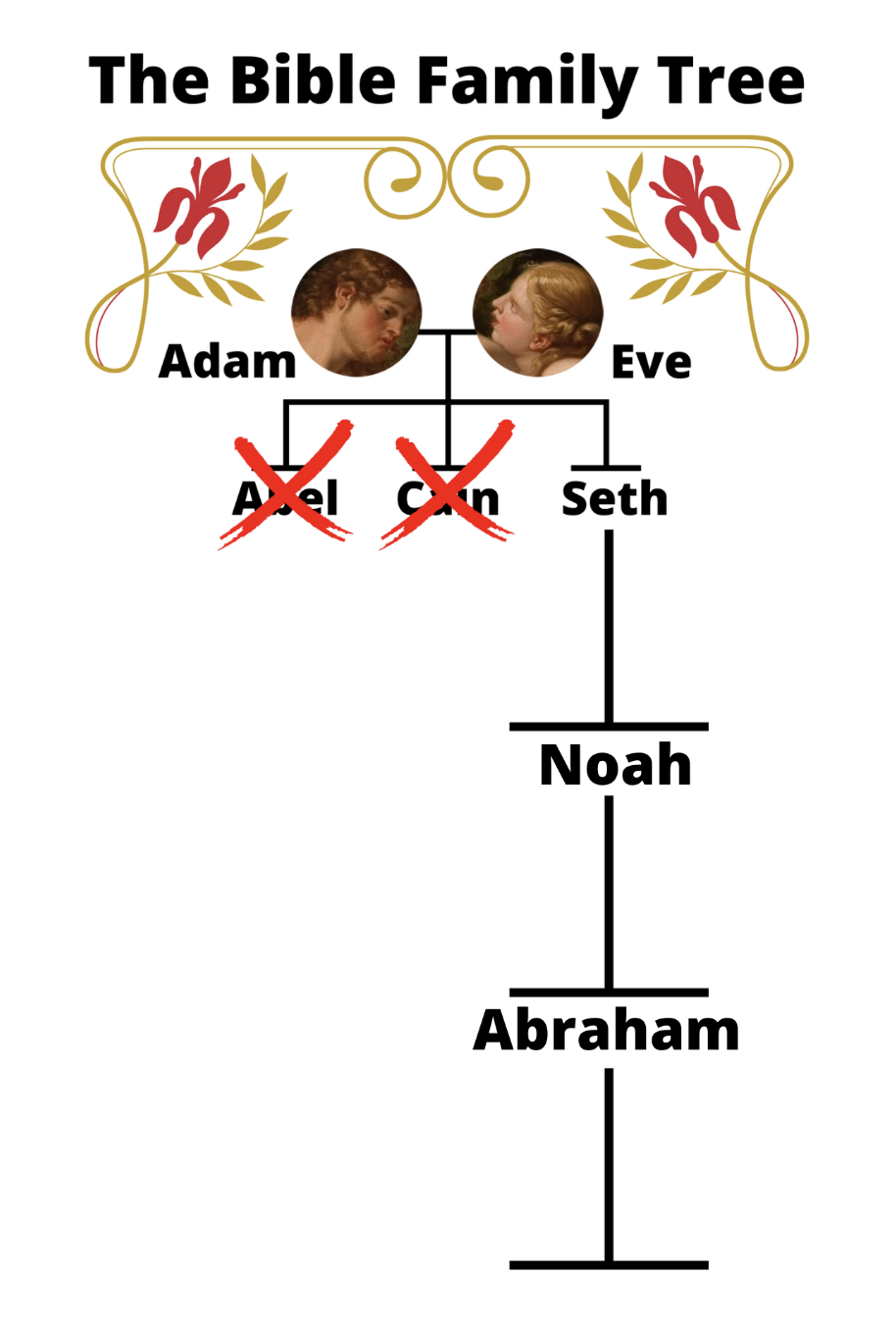
Although there were many years between the lives of each of the men in the above chart, both Noah and Abraham were descendants of Adam and Eve’s son Shem. That line continues to the birth of Jesus,
As I said before:
Joseph was the son of Jacob.
Jacob was the son of Isaac.
Isaac was the son of Abraham.
Abrahm is a Descendant of Noah.
Noah is a descendant of Adam and Eve.
Ultimately, Joseph’s Descendants Would Be the Kings of Israel and the Biblical Leaders Who Became the Family Tree of Jesus.
But Beore I Return to the Inital Post, Which Is about the Egyptian Civilization, I conclude in saying that knowing about Ancient Egypt is Essential to Fully Understand Bible History–as well as to understand the history of the world and its civilizations.
Important Egyptian Government Officials
“Three important officials were the vizier (vuhZEER), the chief treasurer, and the general of the armies. Each had his own duties.
“The vizier had more power than anyone except the pharaoh. The vizier advised the pharaoh and carried out his commands. He appointed and supervised many of the other government officials. The vizier also served as a kind of chief judge. Other judges would bring him their toughest cases. A vizier was expected to be fair and neutral, showing no special favor to either side in a dispute. One vizier gave this advice about being impartial, or not taking sides: “Regard one you know like one you don’t know, one near you like one far from you.” In works of art, viziers were often shown wearing white, the color of neutrality.
[According to the above text, Joseph became pharaoh’s vizier.]
The Chief Treasurer
“The chief treasurer oversaw the government’s wealth. His main duty was to collect taxes. Egypt’s economy was based on goods rather than money. People paid their taxes in grain, cows, cloth, and silver.
Egypt’s Top Military Commander
“After the pharaoh, the top military commander in Egypt was the general of the armies. He advised the pharaoh in matters of war and national security, such as how to protect Egypt’s borders from invaders. He also helped the pharaoh make alliances with other kingdoms.
Lives of Luxury
“High government officials led lives of luxury. Most were nobles who had great wealth, fine homes, and plenty of time to socialize. The lavish banquets enjoyed by these wealthy Egyptians illustrate their grand lifestyle.
“Hosts took pride in the meal. Cooks might roast duck, goose, pigeon, quail, antelope, sheep, and goat. Dishes were piled high with special delicacies that might include figs, dates, grapes, and coconuts.
“A variety of breads and cakes and honey completed the feast. Guests at banquets dressed in fine linen clothing. Both men and women wore perfume.
“Women often wore ropes of beads as jewelry. They painted their nails, lined their eyes with makeup, and used lipstick.
“At the start of a banquet, it was customary for guests to offer the host lengthy blessings, such as wealth, great happiness, a long life, and good health.
“The host often responded simply with “Welcome, welcome,” or “Bread and beer,” as a way of saying, “Come and eat!”
“The feast began with men and women taking their seats on opposite sides of the room. Important guests were given chairs with high backs.Everyone else sat on stools or cushions.
“Servants, mostly women, waited on the guests. There were no forks or spoons, so people ate with their fingers.
“While the guests ate, musicians, dancers, and acrobats provided entertainment. Musicians were usually women. They played flutes, harps, rattles, and lutes (a guitarlike instrument). Guests often clapped along with the music.” History Alive Textbook
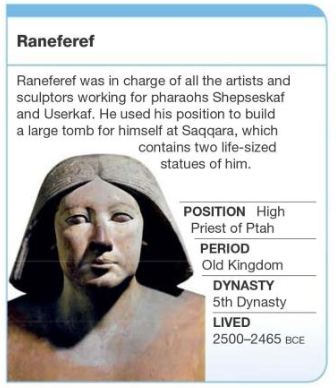
Image Credit: DK Pocketbook
Ancient Egyptian Priests
“Like government officials, priests were powerful and highly respected in society. A large network of priests served under the pharaoh, who was considered the highest-ranked priest of all.
[Here are some Bible scriptures that mention Egyptian priests:
-
Genesis 41:45 and 41:50
Potipherah is mentioned as an Egyptian priest from the town of On.
-
Genesis 47:22
The land of the priests was not bought by Pharaoh because the priests were given rations by Pharaoh and did not need to sell their land to buy food.
-
Genesis 43:32The Bible narrator explains that the Egyptians could not dine with the Hebrews because it would be an abomination to the Egyptians.” Google ai
The Duties of Priests
“Priests had different jobs. The High Priest advised the pharaoh and oversaw all religious ceremonies.
“Temple priests were in charge of the temples scattered throughout Egypt.
“Other priests handled more common concerns and requests. They gave advice and performed healings.
“Women were allowed to be priestesses in Egypt. They were generally regarded as equal to male priests. Their main duty was to oversee temples that were devoted to music and dancing.
“Temple priests played an extremely important role in Egyptian religion. Every temple was home to one or more Egyptian gods.” History Alive Textbook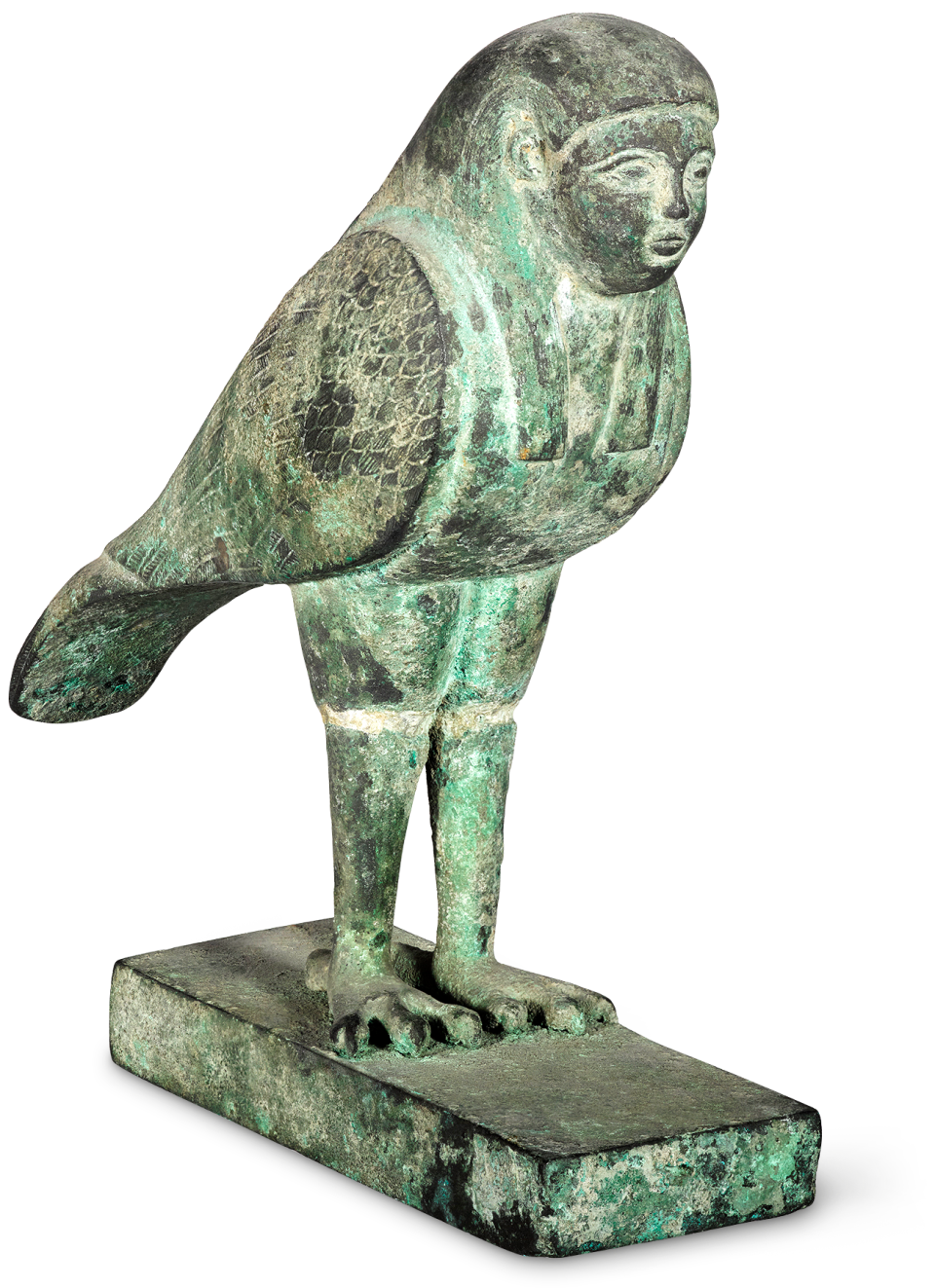
Gods and Goddesses Image Credit: DK
 Image Credit: DK
Image Credit: DK
“A temple priest’s primary job was to take care of his temple’s special god in a variety of ways.
“A temple’s god was thought to live in a statue. The statue was housed in a holy room called a sanctuary. Only a priest who had purified (cleansed) himself could enter the sanctuary.
“There were many steps a priest had to take to be purified. He had to avoid certain foods, such as fish, that were associated with the lower classes. He had to cleanse his body by bathing in holy pools, three or four times a day. He also had to shave off his body hair. And he had to wear clothes made of linen cloth, because animal products like leather and wool were considered unclean.
“Once he was purified, the priest could perform his sacred duties.
“The Priests’ Role in Burial Practices Priests had a special role to play in burial practices. Egyptians believed in a life after death. They thought that in the afterlife, a person’s body remained with his or her dead spirit. For this reason, the Egyptians used a method called embalming to preserve bodies from decay. Priests oversaw this sacred ritual. The embalming process had many steps.” History Alive Textbook
Ancient Egyptian Embalming Process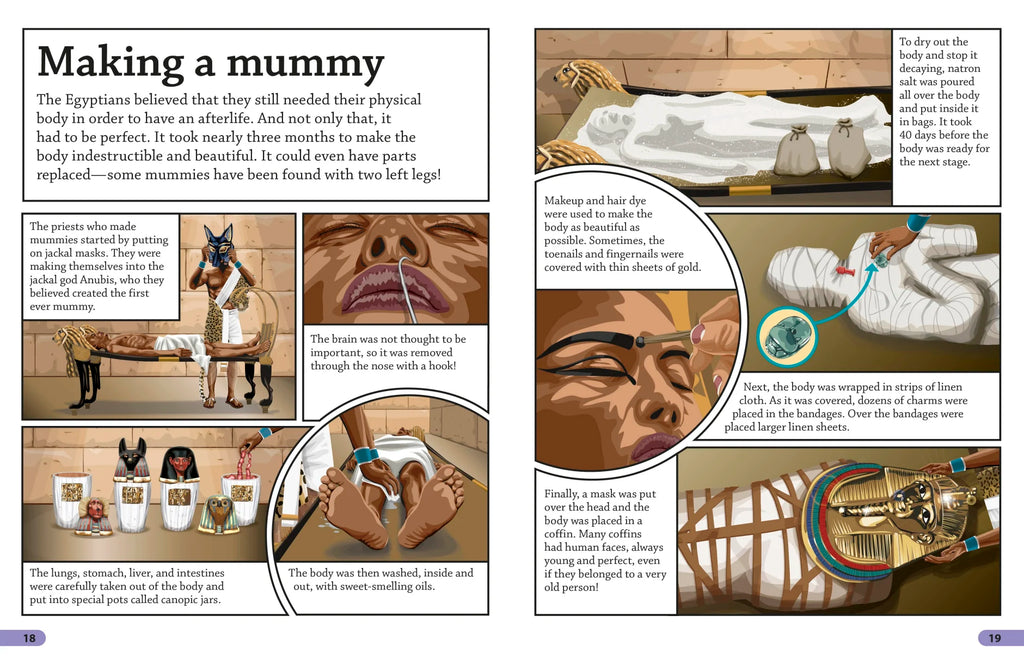
Image Credit: DK
“First, the embalmers removed the body’s organs, such as the brain, lungs, and liver. They used hooks to pull the brain out through the nostrils. Only the heart was left in the body. Egyptians believed that the gods used the heart to judge a dead person’s soul.
“Then, the organs were packed in jars to preserve them. The organs and body were dried out with a special salt called natron.
“After about 70 days, the embalmers washed and oiled the body.
“Then they wrapped it in hundreds of yards of linen.
“The embalmers decorated the wrapped body, or mummy, with pieces of jewelry and protective charms.
“Often, they placed a mask over the head.
“Finally, they spread a black, gooey gum over the body and wrapped it a final time.” History Alive Textbook
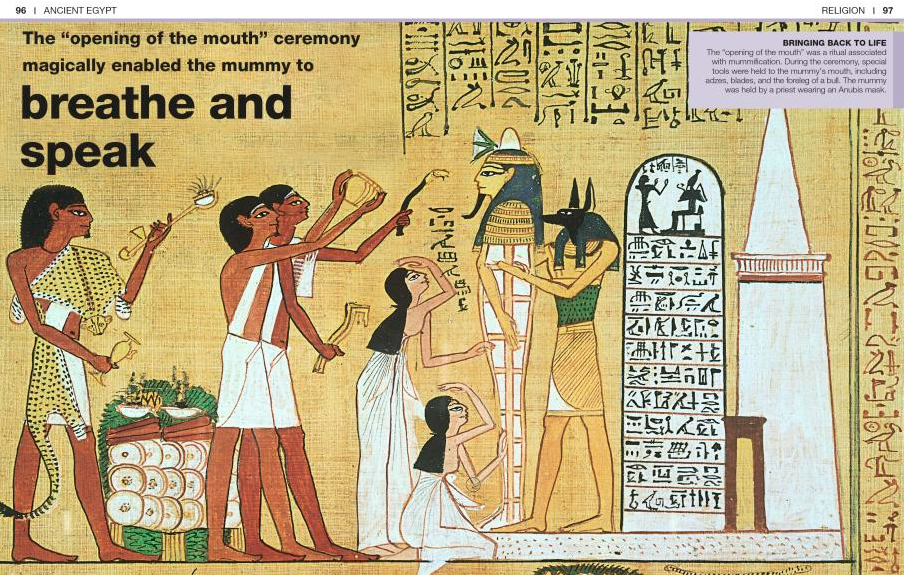
Image Credit: DK
The mummy was then ready for burial.
Ancient Egyptian Burial Process
“First, it was placed in a wooden box.
“The box was then stored inside a large stone coffin called a sarcophagus.
“Because the ancient Egyptians believed that the afterlife was much like life in this world, they buried other items along with the box or coffin. These included food and drink, furniture, statues, jewelry, gold, clothes, games, and mirrors.” History Alive Textbook
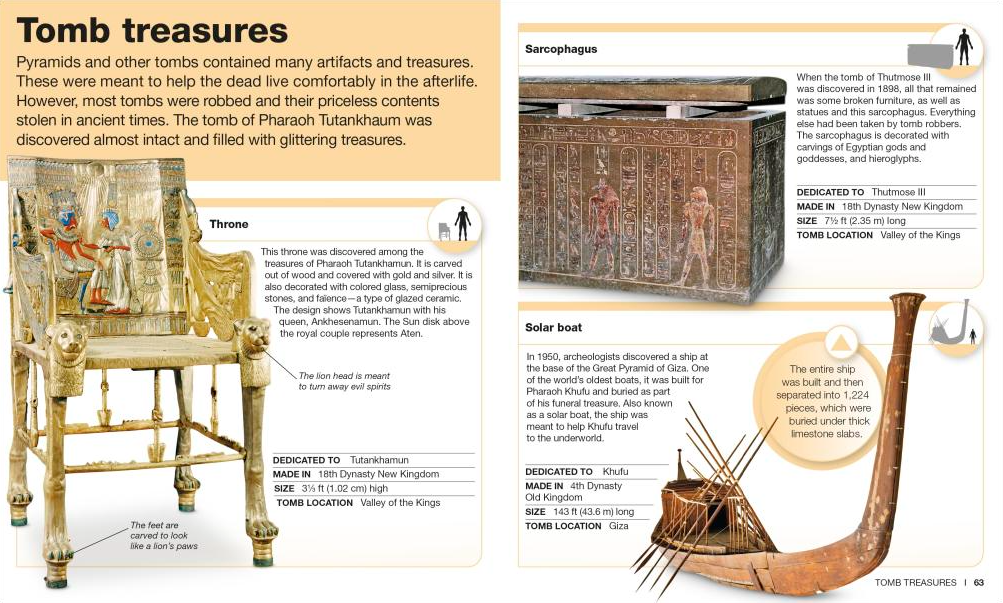
Image Credit: DK
“Not all Egyptians could afford such complicated burials. But even poor Egyptians wrapped their dead in cloth and buried them with loaves of bread and other items they thought would be needed in the afterlife.” History Alive Textbook
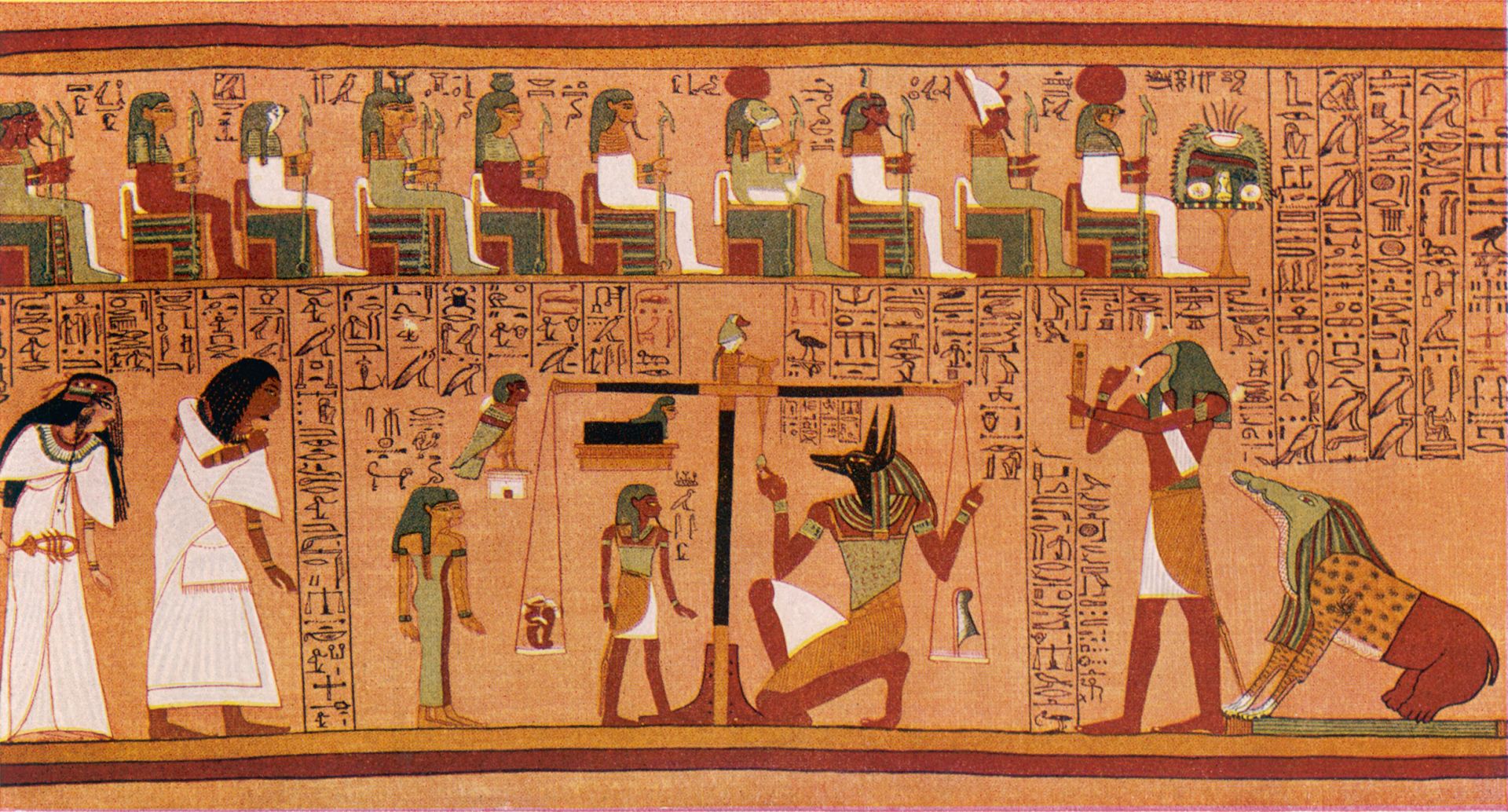
Journey of the Dead Image Credit: DK
Ancient Egyptian Scribes
“In the social pyramid, scribes were one level below priests.
“Scribes were Egypt’s official writers and record keepers. They were highly respected and well paid.
“Most scribes worked for the government. Others worked for priests or nobles.
“Only men were allowed to be scribes. They came from all classes of society. Becoming a scribe was one of the few ways that men could rise above their parents’ social class.
Scribe Schools
“Boys who wanted to become scribes had to attend scribe schools. The schools were run by priests. Most students came from artisan or merchant families. Very few boys came from the peasant class.
“Schooling started around the age of five.
“Students typically spent 12 years or more learning hieroglyphs, the symbols used in the Egyptian system of writing. This writing system was quite complicated. Most students first mastered a simpler form of writing and then worked their way up to hieroglyphs.
“Students had to memorize over 700 hieroglyphs. They spent as many as four years copying the signs, over and over. They practiced their writing on pieces of wood, flakes of stone, and even broken bits of pottery. As their skills improved, students were allowed to write on papyrus, a type of paper made from the papyrus plant.
“Students in scribe schools did not have an easy life.
“Classes sometimes lasted from dawn until sunset. Teachers were strict and often treated their students harshly. Teachers punished students for being lazy or for not paying attention. Beatings were common.
“One stern schoolmaster wrote,
“A youngster’s ear is on his back; he only listens to the man who beats him.”
The Work of the Scribes
“Ancient Egyptians kept all kinds of records, so scribes held a wide variety of jobs.
“They recorded accounts of the grain and food supply.
“They wrote down the results of the government census, which counted the people living in Egypt.
“Some scribes calculated and collected taxes.
“Legal scribes recorded court cases and helped enforce laws.
“Military scribes kept track of the army’s soldiers and food supply, and the number of enemies killed in battle.
Every scribe used the same tools.
“For pens, a scribe used finely sharpened reeds.
“For paper, he used a sheet of papyrus laid on a writing tablet.
“The tablets were made of wood or stone. Each tablet contained two wells, one for black ink and one for red ink. A small container held water that was used to wet the ink.
“A scribe carried his tools with him wherever he traveled. His tablet hung from a cord slung over his shoulder. Attached to the tablet were leather bags and cases that held his other tools.
“Scribes also carried rolls of papyrus. This paper was a remarkable Egyptian invention.
How the Ancient Egyptians Made Papyrus
“The Egyptians made paper by first cutting the inner part of the papyrus plant into strips.
“These strips were soaked in water for several days until they were soft.
“The soft strips were laid out in a crisscross pattern, and then pressed between two sheets of cloth until all the water was absorbed.
“Finally, the papyrus strips were pressed one more time to form a sheet of paper.” History Alive Textbook
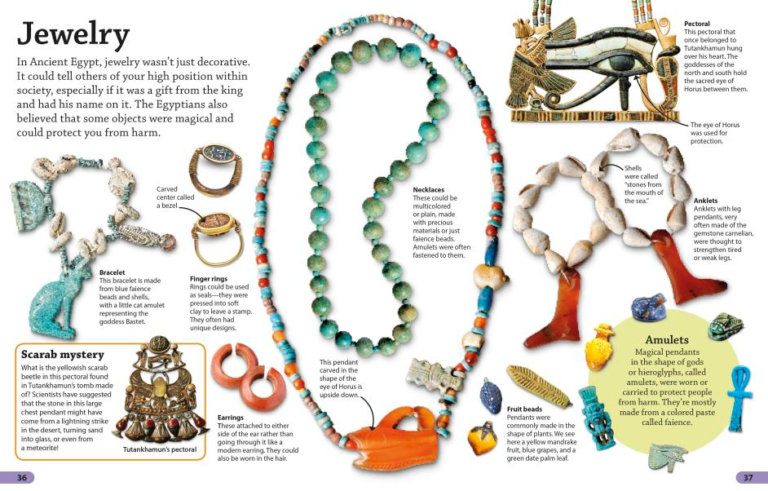
Image Credit: DK
Artisans in Ancient Egypt
“Below the scribes on the social pyramid were the artisans. Egypt’s artisans were highly skilled laborers who created some of the most beautiful art objects in the ancient world. Yet, unlike scribes, they rarely got respect from higher classes.
“Only the few who became masters at their craft were sometimes honored for their work.
Types of Ancient Egyptian Artisans
“Artisans specialized in any one of a number of crafts.
‘Workers in this class included carpenters, jewelers, leatherworkers, metalworkers, painters, potters, sculptors, and weavers.
“Artisans made many beautiful objects, including stunning jewelry and elegant furniture. Painters portrayed scenes of Egyptian daily life.
“Most artisans were men, but some women wove fabric, beaded clothing, and made perfume.
“The most skilled artisans were the stone carvers. They produced the statues, engravings, and reliefs found in Egyptian temples, tombs, and monuments. Stone carvers played an important role in tomb building.
“The belief in an afterlife inspired wealthy Egyptians to order elaborate tombs for themselves. Stone carvers helped equip the tombs with artworks to honor and preserve the dead.
“Artworks might include statues of the deceased, highly detailed wall engravings, and stone coffins.
“Stone carving was demanding and time consuming work.
“Carvers often worked with hard rock, such as granite.
“They used dolerite, another type of hard rock, to pound out an initial shape.
“Next, they refined the shape and carved in details, using stone tools and copper chisels.
“Then, they used quartz sand to smooth and polish the object.
“Painters often added color to the finished product.
The Daily Life and Work of Artisans
“Artisans were a class toward the lower middle of society.
Description of Ancient Egyptian Artisan’s Home and Workspace:
“They lived with their families in modest homes.
“Their houses were usually rectangular and barely 10 yards long.
“Three rooms stretched from front to back.
“The first room was used as a workroom or to house animals.
The living room came next. The final room was divided into a kitchen and a bedroom.The roof was sometimes used as another place to work or sleep.
“Artisans typically worked side by side in big workshops.
“They usually worked for ten days at a stretch before taking time off.
“The workers depended entirely on their employers for food. In hard times, when food was in short supply, artisans often went hungry.
“Pharaohs called upon hundreds of artisans at a time to work on royal projects. Artisans created the fine artwork that often covered temples, royal tombs, and other monuments.They worked in large groups to complete engravings, paintings, and hieroglyphics.
“Despite artisans’ skill and creativity, the upper classes often viewed them as little more than common laborers. Even the most talented artists were rarely allowed to sign their work. But some artists did receive recognition.
“Employers sometimes threw a banquet for their favorite artist. Occasionally, they honored an artist by letting him portray himself in a painting or an engraving.
Peasants in the Ancient Egyptian Civilization
“Peasants made up the lowest and largest class in Egypt’s social pyramid. They were generally considered unskilled laborers. Yet Egyptian society depended on their work.
“Peasants grew the crops that supplied everyone with food.
“When not busy working the fields, peasants helped build monuments like the pyramids.
The Three Seasons of the Nile Peasant life revolved around the Nile River.
“Its three seasons were:
the flooding season,
the planting season,
and the harvest season.
The flooding season lasted from June to September.
“During this time, the Nile overran its banks and fertilized the fields. Farmers had to wait for the waters to go down before they could work the fields. In the meantime, they labored on royal projects, such as building pyramids and temples.
In October, the planting season began, and farmers sowed their fields with seeds.
“The biggest crops were wheat and barley, which were used to make bread. Peasants worked in pairs to sow the fields.
“The farmer softened the earth with a plow pulled by cattle.
“A second person, often the farmer’s wife, followed behind to scatter the seeds.
“Throughout the season, farmers carefully irrigated the land. T
The harvest season began in March.
“Usually the farmer’s entire family helped with the harvest.
“The men cut down the plants with sickles (metal blades with short wooden handles).
“Then the women and children gathered the tall stalks of grain.
“During harvest time, everyone worked from dawn to dusk.
“Peasants often sang songs to make the long hours of labor go more quickly.
“Sometimes, musicians played in the fields while the workers sang.
The Daily Lives of Sncient Egyptian Peasants
“Peasants had the fewest comforts of any of the social classes. They lived in plain houses made of mud bricks.Their furniture was sparse, often just woven mats. The peasants’ diet was also simple. A typical daily meal might be made up of onions, cucumbers, fish, and homemade bread. Peas and lentils were also common.
“Unlike the upper classes, peasants rarely ate meat. In times of famine, they often had to boil tough papyrus plants for food.
Peasants spent most of their lives working, but they did have some time for fun.
“Men enjoyed a river game that involved knocking each other off papyrus rafts.
“Holidays were celebrated before planting and after the crops were harvested.
“Peasants also took part in festivals held to honor the Egyptian gods.
“An important time of year for peasants was the end of the harvest season. As a reward for their hard work, they were allowed to gather up any leftover grain and keep it for food. But farmers could also be punished for a poor harvest. They had to pay taxes in the form of crops. If a harvest came up too short to pay the required tax, a farmer might be brutally beaten.” History Alive Textbook
Discover more from Jacki Kellum
Subscribe to get the latest posts sent to your email.


